
It’s citrus season! In the Yarra Valley that mean citrus trees bursting with an array of oranges, limes, grapefruit and lemons with ample ‘help yourself’ boxes in many driveways. Last year we definitely took advantage of the valley kindness in the donation of free citrus, but this year we are jam packed with our own produce. Well to be clear, quite a lot leans over the fence from our neighbours but we all know the way neighbourly rules work there. One of our other neighbours also bought us down a giant bag of oranges from his tree before we headed off to Brisbane for the new clinic fit out, so on return I was eager to dive in and get baking…and I just couldn’t think of anything I wanted to bake more than this glorious Orange & Poppy Seed Cake (Gluten Free Vegan) to boot.
This Orange & Poppy Seed Cake also uses other regular pantry staples that I think most of you will find in a whole-food pantry. One of my clients at The JCN Clinic said to me recently that since working with me at JCN she has slowly built up her pantry of staples. I loved this – the slow progressive change of your kitchen staples. Where once there was white flour there now lives a few varieties of wholegrain options, where once there was some old packets of slivered almonds there now lives a more robust collection of nuts, seeds and their flours.
I do understand when someone approaches one of my recipes new to this space it can be a bit overwhelming – wtf is buckwheat? Where do I buy quinoa flakes? Can you blitz sunflower seeds in a blender to make sunflower meal?! However, my goal is to inspire you to slowly get familiar with new ingredients and foods that are so gloriously nutritious, akin to how I personally must adapt to online shopping for shoes (still sitting in my shopping cart for the past 3 months mind you).
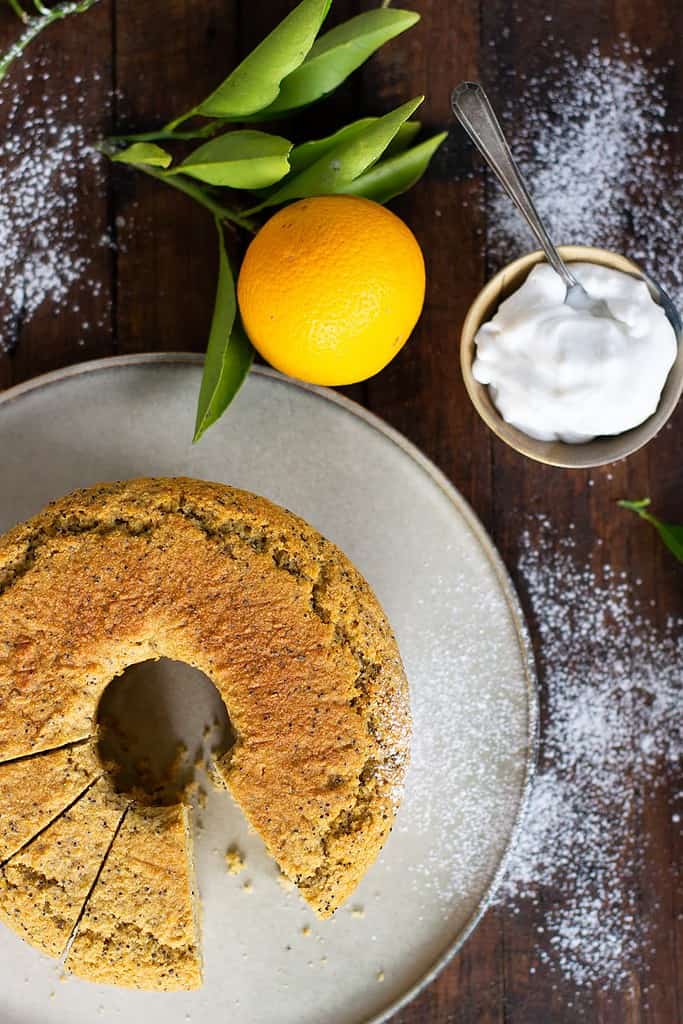
On the topic of challenges food wise, the recent trip to Brisbane for the The JCN Clinic move to our spacious and more shiny digs meant that Hubbard and I had to adjust to buying our fresh produce from the supermarket. I cannot explain how mentally challenging this was. I actually had not realised how much we eat from our own backyard until confronted with this. Buying a bunch of kale when you have so much of a glut of it at home that you don’t know what to do with is a true oxymoron. And lemons! The tree here is filled year round and now I am buying a lemon for $2! Wtf! I know this is a highly privileged rant but if you can’t rant on your own blog post then where can you?
I think what this highlighted to me was how little you spend on food when you grown your own – even the staple greens and herbs. The thing is, you don’t need to move to the Yarra Valley to do it. We had a fab garden in Brisbane and I know lots of my clients do too. Many of my city based clients have pot plants on their small decks and grow basic herbs and leafy greens. This can save you quite a bit on its own when it comes to the bottom line. With a bunch of kale at $5 a pop or a small handful of herbs of $4, the savings add up quick. I can’t encourage you enough to invest in a few sturdy plants that will help contribute to your leafy green and herb intake.
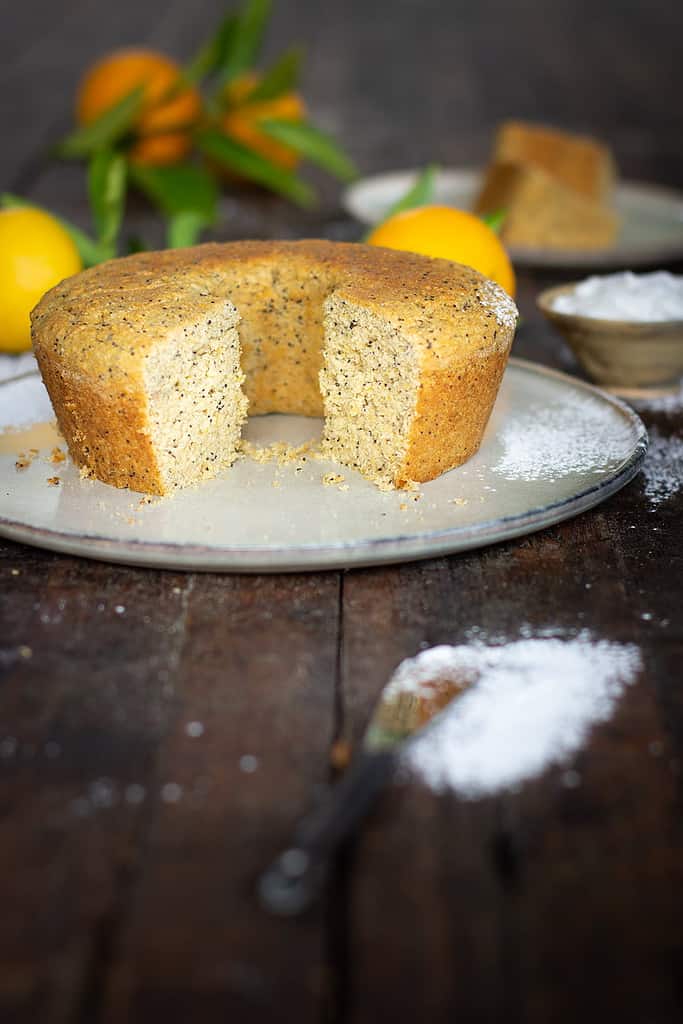
How To Make Gluten Free Vegan Cake
As the title Orange & Poppy Seed Cake (Gluten Free Vegan) denotes, this cake is free from gluten, dairy, eggs and even honey. This can often make baking tricky when you take away the structural integrity of the ‘normal’ science of baking. Here are some of key tricks of the trade for navigating gluten free vegan baking:
- Use a mix of flours instead of just one gluten free flour – gluten free flours lack the elasticity of gluten which also creates lightness, so you need to create it in a different way. Use a combination of dense flours and light flours to ensure your flour base is not too heavy.
- Use chia or flax/linseed meal or fruit/vegetable puree’s to create a stickiness that holds everything together the way that eggs do.
- Use alternative fats and nut milks to compensate for the lack of fats from commonly used butter, milk, sour cream and yoghurt in baking. I like using coconut yoghurt, extra virgin olive oil, cold pressed macadamia nut oil and nut butters. Sometimes even avocado does the trick!
- Use raising agents for oomph. The lack of eggs and SR flour bases means you will need some help. Typically baking powder and/or bicarb soda work best, and can be aided by the addition of an acid like apple cider vinegar, lemon juice or cream of tartar. I talk a lot more about these ingredients and how they work in my cookbook e.a.t which must be part of your cookbook collection if you are into wholefood.
Generally if you follow these guidelines when baking gluten free vegan you are going to have less fails. You can in fact in a lot of cases take an everyday recipe and convert it using these principles, but I appreciate it does take some elbow grease to work up the confidence here.
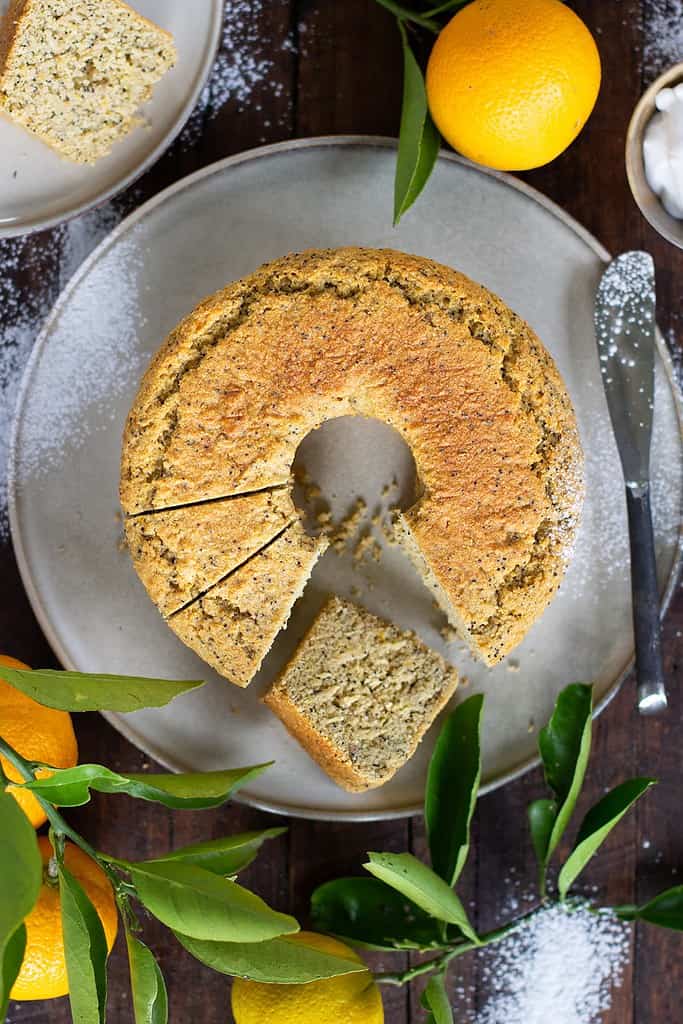
Like what you’re seeing? Subscribe for new recipes and nutrition tips every week!
why gluten free vegan?
The reason I create recipes like this is not about trends. At The JCN Clinic we work extensively with chronic gut issues and this means that there is a strong demand for alternative recipes free from common reactants like gluten, dairy and eggs (let alone other reactants we are frequently adapting diets for). A sweeping majority of our clients alongside those that contact us through social media are struggling with chronic bloating, bowel irregularities and upper gastric issues like heartburn and reflux. I’ve spoken many times before about how the underlying drivers of these conditions is often a mix of an inflamed, poor microbiome in conjunction with food intolerances. Of course food intolerances can be bought on and/or heightened from poor gut health, however when making an action plan to work through treatment of these gut conditions, in the majority, alternative recipes are required without these common reactants.
Will our clients avoid these foods forever? Not always. We always aim to challenge foods again once the gut is strong and robust. Your gut will tell you in the end. I love reaching the point with my clients where they are really well and ready to challenge some dairy or gluten and see if its for them. Sometimes it’s a win, sometimes not, but the great thing is that have that wholefood pantry that has become their new lifestyle and way of living anyway is there to fall back on either way.
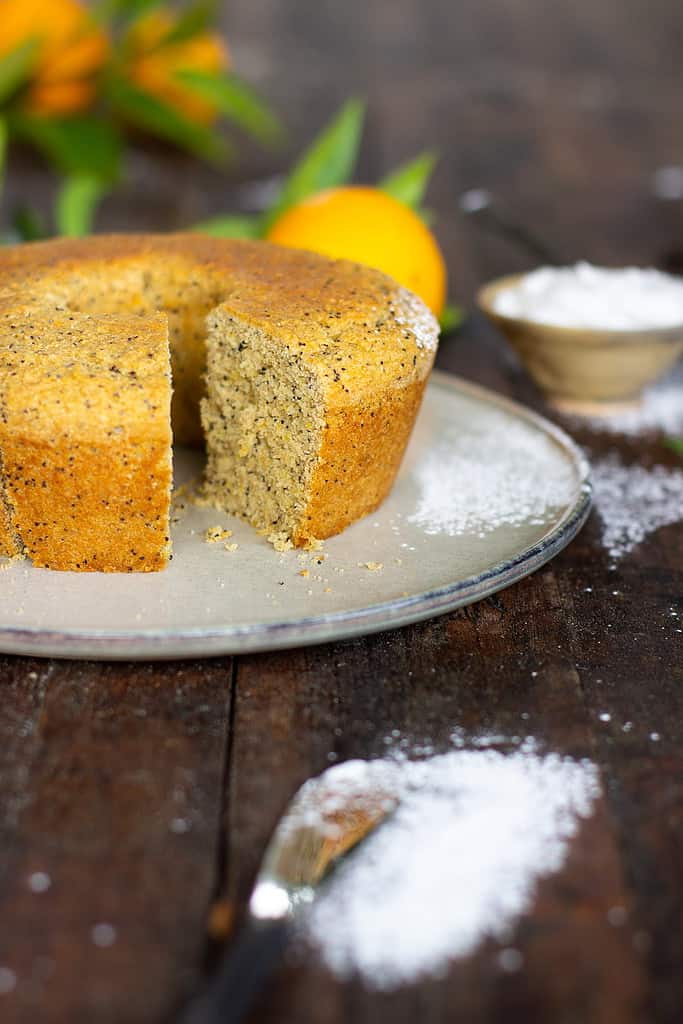
Need personalised nutrition advice catered to your needs?
If you are after personalised nutrition advice and dietary planning individualised to your health and dietary needs then contact us at The JCN Clinic with your enquiry. We are always happy to answer any questions you have!
orange & poppy seed cake (gluten free vegan)
- serves
- 9
- preparation time
- 20 min
- cooking time
- 40 min
ingredients
- 1 cup brown rice flour
- 1 cup sorghum flour
- 2 tablespoons poppy seeds
- pinch salt
- 4 teaspoons baking powder
- ½ teaspoon bicarb soda
- 2 tablespoons ground chia seeds (or flaxseeds)
- ¼ cup orange zest (approx. zest from 1 large orange)
- ¾ cup freshly squeezed orange juice
- ½ cup coconut yoghurt
- ½ cup rice malt syrup
method
This recipe uses a standard sized bundt tin. This means that the centre of the cake will cook quicker than a standard cake tin. If you use a standard round or square tin, please allow a little extra time for baking to ensure the cake is cooked through.
Preheat the oven to 180c.
Grease and line a standard sized bundt tin with baking paper. Sit aside.
In a large mixing bowl combine the brown rice flour, sorghum flour, poppy seeds, salt, baking powder, bicarb soda and ground chia seeds and mix will. Add the orange zest and fold through then set aside.
In a seperate bowl combine the freshly squeezed orange juice, coconut yoghurt and rice malt syrup. Whisk well.
Make a well in the centre of the dry ingredients and poor in the wet ingredients. Mix with a wooden spoon till well combined.
Poor the mix into your pre-prepared baking tin, using a spatula to scrape out any of the remaining mixture. Gently even out the top of the batter with the spatula and then place the cake tin in the oven for 40 minutes, checking after 30 minutes to ensure it is not cooking too fast. If the cake looks quite golden on top at 30 minutes place a piece of baking paper over the top of the tin and allow the cake to bake for the remaining time covered (this will stop it burning).
The cake is ready when you tap it gently on the top with your fingers and there is resistance. Keep in mind if you are not using a bundt cake tin that your cake might require a little extra time to cook.
Remove the cake tin from the oven and allow the cake to cool in the tin for 10 minutes. Gently run a knife around the side of the cake to free it up then carefully turn the tin over onto a wire cooking rack. Allow the cake to cool before storing at room temperature for 2 days, otherwise place in an air-tight container in the fridge for 5 days then freeze.
This cake is delicious served warm or cold, either alone with your favourite tea or with whipped coconut cream or macadamia cream from e.a.t.
nutritional information for orange & poppy seed cake (gluten free vegan)
- 1 slice of this Orange & Poppy Seed Cake (if cut to make 9 serves) will provide around 5g protein and approximately 50g carbs, with just under 10g of sugars from the orange juice and rice syrup. This cake is not very high in fat as the only fat source in the coconut yoghurt. Realistically this cake therefore is better just enjoyed in the way cake should be! A slice with friends of family when the time comes. Its not in the same realm of one of my breakfast cakes that provide a lot more sustaining protein and fats.
- The oranges that are plentiful in this recipe are an abundant source of Vitamin C. Oranges also provide minerals such as calcium and potassium. The skin of oranges is rich in polyphenols like all citrus fruits with oranges in particular shown to be the highest in flavonoid content. (Food Sci Nutr, 2018).
Jessica Cox is a qualified practicing Nutritionist with a Bachelor Health Science (Nutrition) and over 15 years of clinical experience. She is the founder and director JCN Clinic, published author and established recipe developer. Jessica is well respected within health and wellness space for her no fad approach and use of evidence-based nutrition.



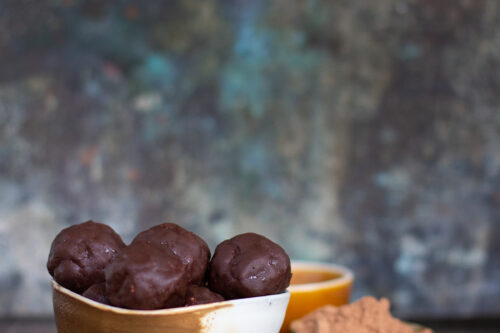

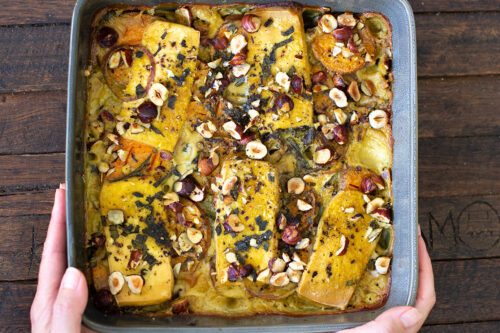
Any other flour substitutes? I don’t have access to brown rice flour or sorghum flour. What about buckwheat flour, rice flour, coconut flour, tapioca starch, banana flour??
Hi Sarah. Yes for sure, you could use 1/2 buckwheat flour and 1/2 regular rice flour. Coconut flour and tapioca starch along with banana flour would really change the overall texture so I wouldn’t use those. You could also 1/2 almond meal and 1/2 rice flour too. Let me now how you go! x
Hi, I have brown rice flour but just wondering what I could use instead of sorghum flour? Looking forward to making it!
Hi Mia! You could use buckwheat flour instead, but it would make the cake a lot heavier. Otherwise, if tolerated you could use poat flour or spelt flour. 🙂